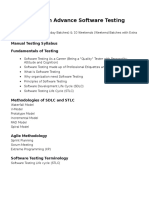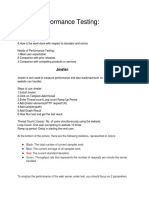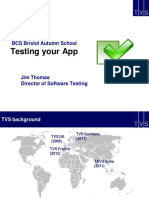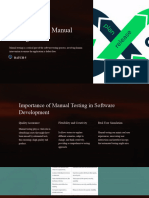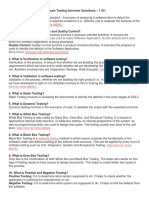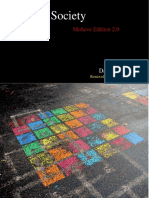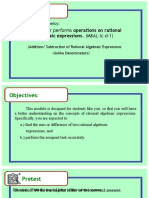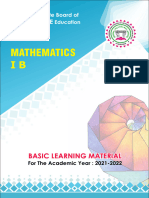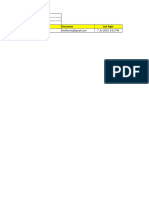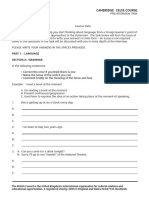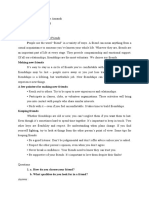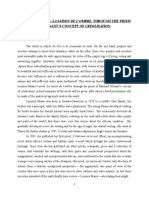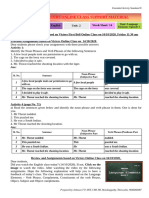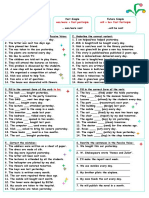0% found this document useful (0 votes)
30 views6 pagesManual Mobile Testing Complete Guide Kaustubh
The document is a comprehensive guide on Manual and Mobile Testing, covering basics, advanced concepts, and test planning activities. It includes key testing principles, types of testing, and tools like JIRA and Bugzilla, along with sample interview questions and answers. Additionally, it addresses mobile testing specifics, such as functional and performance testing across Android and iOS platforms.
Uploaded by
KAUSTUBH GURAVCopyright
© © All Rights Reserved
We take content rights seriously. If you suspect this is your content, claim it here.
Available Formats
Download as PDF, TXT or read online on Scribd
0% found this document useful (0 votes)
30 views6 pagesManual Mobile Testing Complete Guide Kaustubh
The document is a comprehensive guide on Manual and Mobile Testing, covering basics, advanced concepts, and test planning activities. It includes key testing principles, types of testing, and tools like JIRA and Bugzilla, along with sample interview questions and answers. Additionally, it addresses mobile testing specifics, such as functional and performance testing across Android and iOS platforms.
Uploaded by
KAUSTUBH GURAVCopyright
© © All Rights Reserved
We take content rights seriously. If you suspect this is your content, claim it here.
Available Formats
Download as PDF, TXT or read online on Scribd
/ 6





